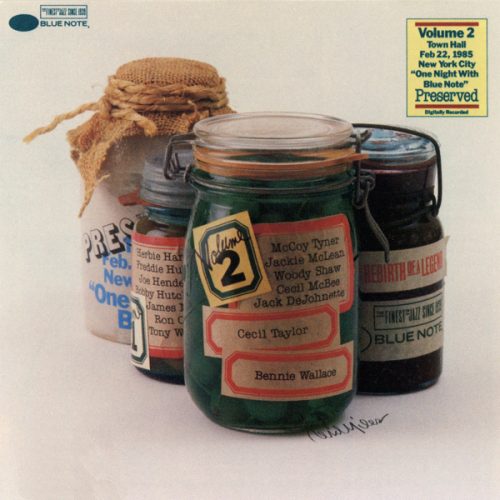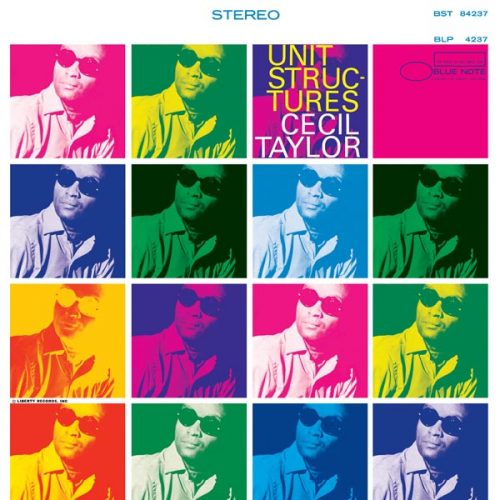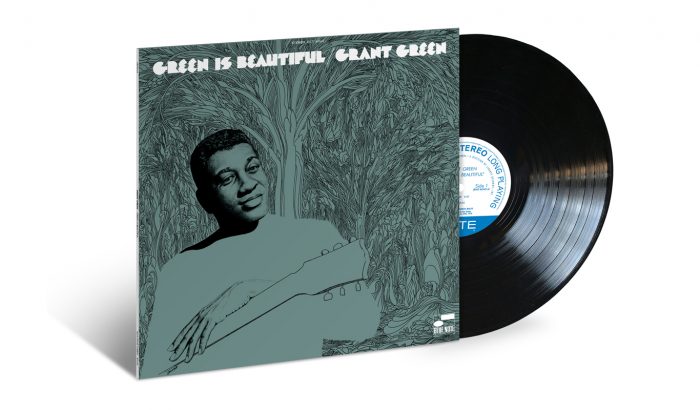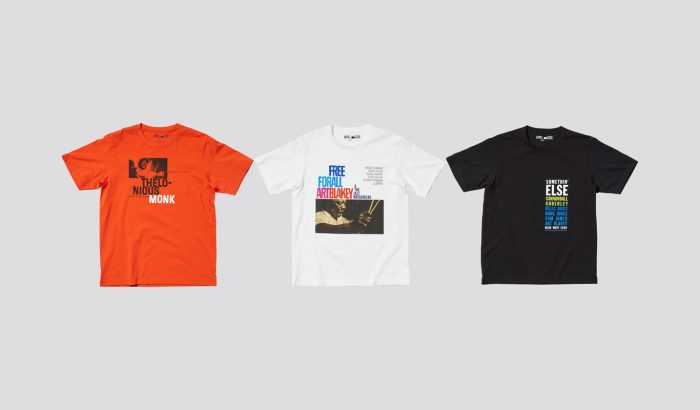Soon after he first emerged in the mid-’50s, pianist Cecil Taylor was the most advanced improviser in jazz; five decades later he is still the most radical. Although in his early days he used some standards as vehicles for improvisation, since the early ’60s Taylor has stuck exclusively to originals. To simplify describing his style, one could say that Taylor’s intense atonal percussive approach involves playing the piano as if it were a set of drums. He generally emphasizes dense clusters of sound played with remarkable technique and endurance, often during marathon performances. Suffice it to say that Cecil Taylor’s music is not for everyone.
Taylor started piano lessons from the age of six, and attended the New York College of Music and the New England Conservatory. Taylor’s early influences included Duke Ellington and Dave Brubeck, but from the start he sounded original. Early gigs included work with groups led by Johnny Hodges and Hot Lips Page, but, after forming his quartet in the mid-’50s (which originally included Steve Lacy on soprano, bassist Buell Neidlinger, and drummer Dennis Charles), Taylor was never a sideman again. The group played at the Five Spot Cafe in 1956 for six weeks and performed at the 1957 Newport Jazz Festival (which was recorded by Verve), but, despite occasional records, work was scarce. In 1960, Taylor recorded extensively for Candid under Neidlinger’s name (by then the quartet featured Archie Shepp on tenor) and the following year he sometimes substituted in the play The Connection. By 1962, Taylor’s quartet featured his longtime associate Jimmy Lyons on alto and drummer Sunny Murray. He spent six months in Europe (Albert Ayler worked with Taylor’s group for a time although no recordings resulted) but upon his return to the U.S., Taylor did not work again for almost a year. Even with the rise of free jazz, his music was considered too advanced. In 1964, Taylor was one of the founders of the Jazz Composer’s Guild and, in 1968, he was featured on a record by the Jazz Composer’s Orchestra. In the mid-’60s, Taylor recorded two very advanced sets for Blue Note but it was generally a lean decade.
Things greatly improved starting in the 1970s. Taylor taught for a time at the University of Wisconsin in Madison, Antioch College, and Glassboro State College, he recorded more frequently with his Unit, and European tours became common. After being awarded a Guggenheim Fellowship in 1973, the pianist’s financial difficulties were eased a bit; he even performed at the White House (during Jimmy Carter’s administration) in 1979. A piano duet concert with Mary Lou Williams was a fiasco but a collaboration with drummer Max Roach was quite successful. Taylor started incorporating some of his eccentric poetry into his performances and, unlike most musicians, he has not mellowed with age. The death of Jimmy Lyons in 1986 was a major blow, but Cecil Taylor has remained quite active up until the present day, never compromising his musical vision. His forbidding music is still decades ahead of its time. ~ Scott Yanow







